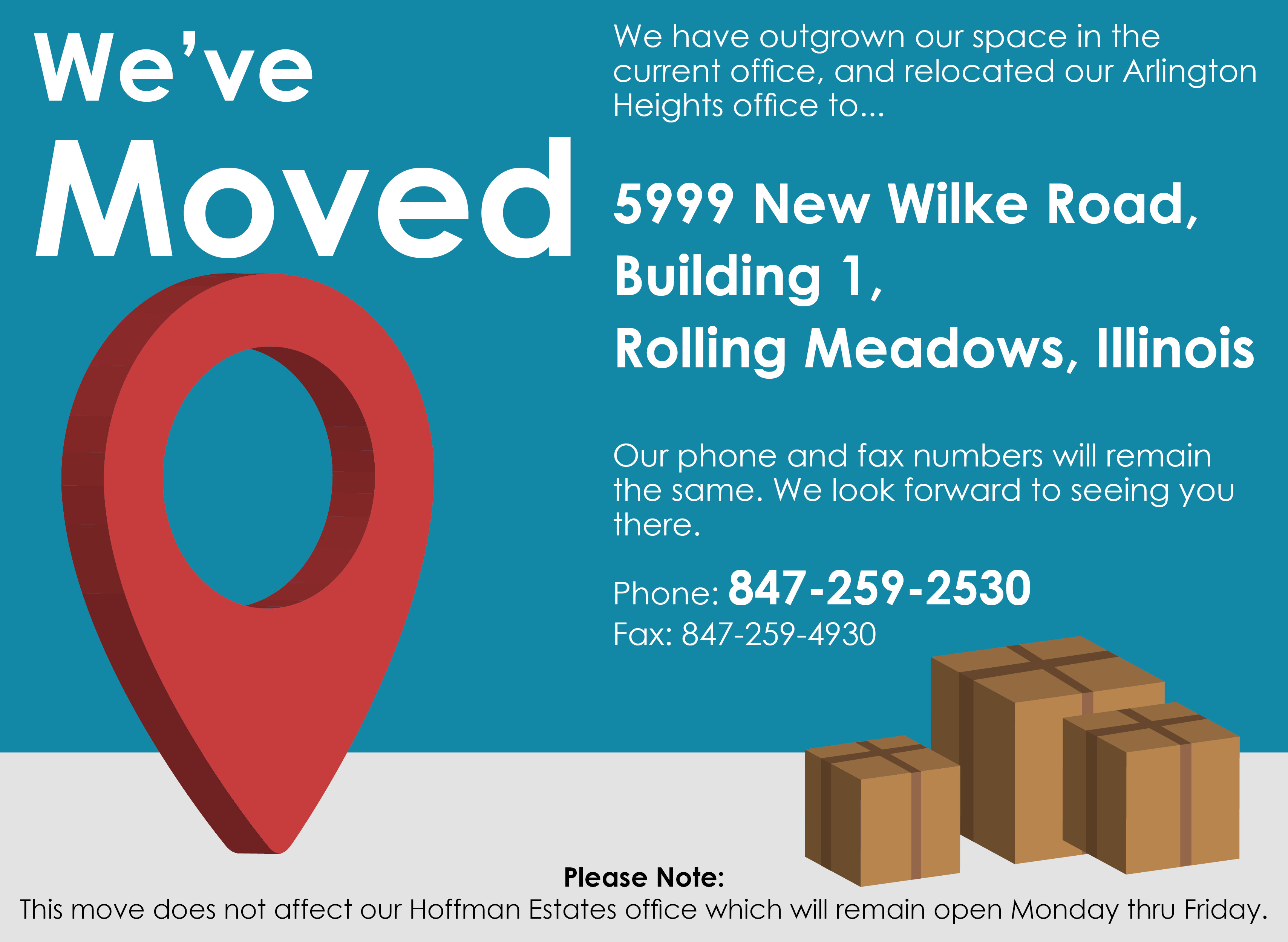ORBITAL DECOMPRESSION FOR GRAVE'S DISEASE
Graves’ disease an autoimmune disease involving the thyroid gland. An autoimmune disease is one in which your body mistakenly attacks its own healthy tissues. Graves’ Disease is the most common cause of an overactive thyroid gland, a condition called hyperthyroidism. In Graves’ Disease, your body produces an abnormal protein that may act on several sites in the body including the thyroid gland, the tissues in the eye socket, and the skin and deeper skin structures.
About 3-5% of patients with Graves’ Disease will have involvement of the eyes, referred to as Graves’ Ophtalmopathy. When this occurs, the eye muscles and the fat surrounding the eyeball gradually enlarge. The eye sockets are bony and fixed in size, so when this swelling occurs, there is nowhere for the eyeballs to go other than to be displaced forward. This bulging of the eyes is called proptosis (see photo). Proptosis can be minor or severe, stable or progressive, and may cause symptoms including dry eyes, double vision, or even progressive loss of vision.
For advanced Graves’ Ophthalmopathy (which is determined by your eye doctor, endocrinologist, and Oculoplastic Surgeon), orbital decompression surgery is often the best remaining option. A decompression is an operation to make the eye socket bigger. Sometimes, prior to performing an orbital decompression, your ENT surgeon will remove the thyroid gland (thyroidectomy) in order to correct the hyperthyroidism and to hopefully stabilize the changes occurring in the eye socket tissues.
The eye socket can be thought of as having 4 bony walls, despite it being more conical shaped. Orbital decompression is performed by removing significant portions of about 2 ½-2 ¾ of the walls, allowing the abnormally enlarged soft tissues to expand into the surrounding structures, then allowing the eyeball to return to a more normal position.
Orbital decompression is performed by an ENT surgeon conjunction with an Oculoplastic surgeon. The ENT portion of the surgery involves placing a telescope in the nose to assist in removing the inside and lower walls of the eye socket through the sinuses; hence, the name endoscopic orbital decompression. This procedure can really be considered an extension of the more conventional endoscopic sinus surgery that is done for chronic sinus infections. Occasionally we perform additional nasal surgeries simultaneously such as septoplasty and/or turbinoplasty. Once healed from the orbital decompression/s, the Oculoplastic surgeon may perform additional eye surgeries as needed.
If you have Graves’ Disease and feel you may have Graves’ Ophthalmopathy, talk to your ophtalmologist or your doctor at Suburban Ear, Nose, and Throat.
